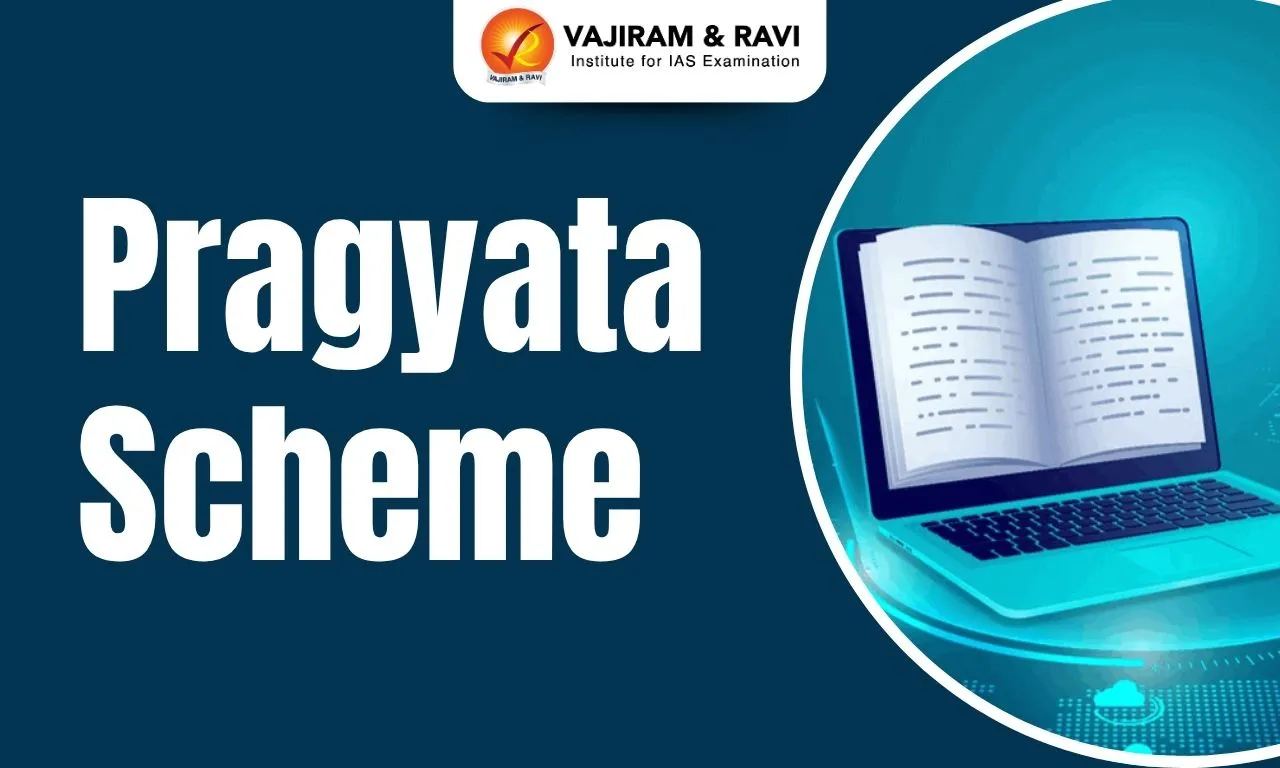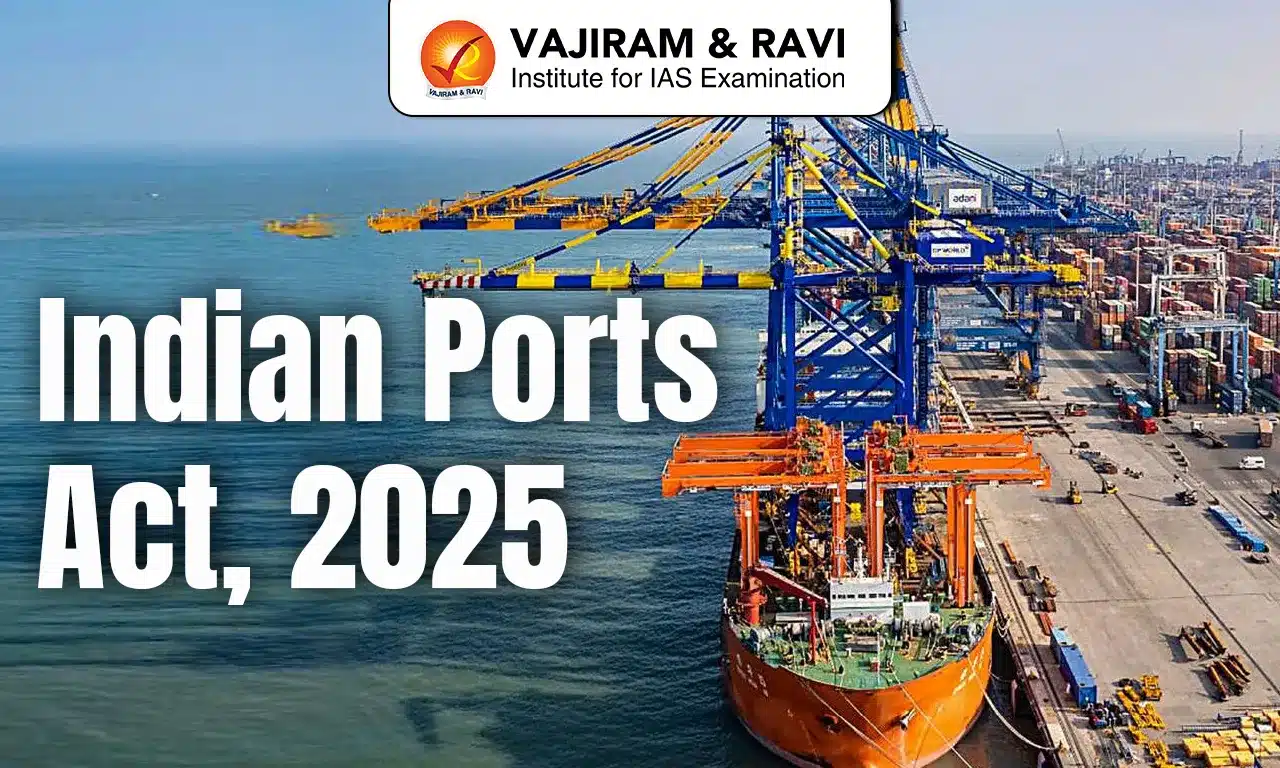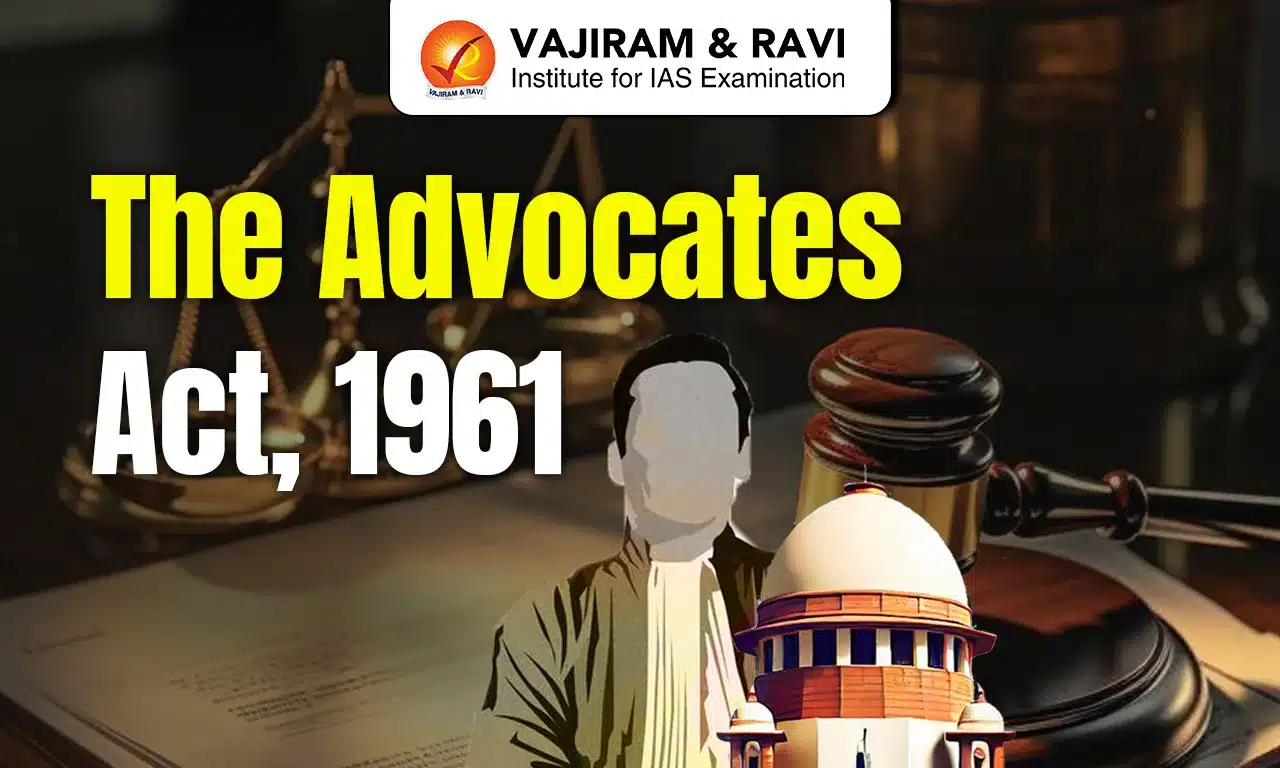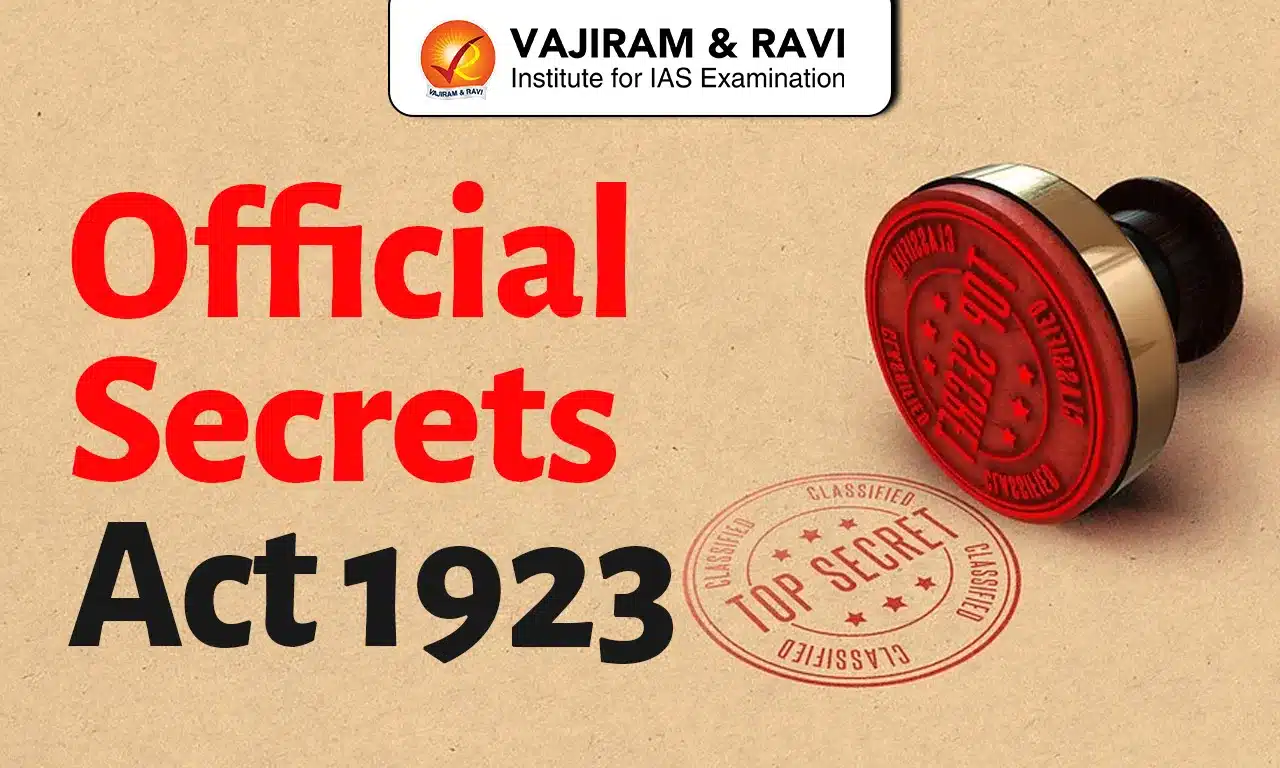The Pragyata Scheme is a significant scheme which aims to integrate digital education with India’s learning ecosystem which was launched by the Ministry of Human Resource Development (now the Ministry of Education) in collaboration with the National Council of Educational Research and Training (NCERT), the guidelines aim to provide structured digital learning solutions. These guidelines were relevant during the COVID-19 pandemic when schools had to adapt to remote learning. This article explores the Pragyata Scheme, its components, and its implications for the future of education.
Pragyata Scheme Need
The COVID-19 pandemic became a barrier to traditional education systems globally, forcing millions of students to stay home. In India, a huge number of students were impacted as schools shut down in March 2020. This situation highlighted the need for digital education:
- Access to Technology: Students across the country had various modes to access digital tools:
- Some had computers or smartphones with internet connectivity.
- Others had limited or no internet access.
- Many relied on television, radio, or basic phones with FM radio.
- A significant portion had no access to any digital devices.
- Challenges of Transition: While some schools transitioned to online teaching, the lack of uniform digital infrastructure and teacher training created difficulties.
- Health and Cyber Safety Concerns: Increased screen time and unmonitored digital exposure raised concerns about physical and mental health as well as cybersecurity.
Pragyata Scheme Features
The Pragyata Scheme provides a roadmap for schools, teachers, and parents to implement digital education effectively. Its core components include:
Eight-Step Framework
The guidelines includes eight steps for digital learning:
- Plan: Teachers prepare structured study plans for students’ needs and available resources.
- Review: Schools conduct surveys to understand the digital infrastructure available for students and teachers.
- Arrange: Based on survey results, arrangements are made to resolve the digital divide, such as sharing resources.
- Guide: Teachers and parents are guided on their roles in digital learning, ensuring effective collaboration.
- Yak (Talk): Dedicated sessions are created for interactive discussions, doubt-clearing, and feedback.
- Assign: Creative assignments, projects, and self-study activities are given to students.
- Track: Continuous tracking of students’ progress helps identify learning gaps and areas for improvement.
- Appreciate: Acknowledging students’ efforts for their active participation.
Digital Learning Duration
The guidelines set age-appropriate limits on screen time to minimize health risks:
- Kindergarten and preschool: 30 minutes per day (interaction with parents).
- Classes 1-8: 1.5 hours per day (live online classes).
- Classes 9-12: 3 hours per day (live online classes).
Synchronous vs. Asynchronous Learning
- Synchronous Learning: Real-time interaction between teachers and students through softwares such as google meet, zoom and other conferencing tools.
- Asynchronous Learning: Flexible learning using pre-recorded lessons, radio/TV programs, WhatsApp groups, and creative offline activities.
Convergence with Existing Initiatives
Pragyata Scheme also complements existing government programs such as:
- DIKSHA: A platform providing e-content for school education.
- SWAYAM and SWAYAM Prabha: Digital and TV-based learning channels.
- Radio Vahini and Shiksha Vani: Radio-based learning initiatives.
Pragyata Scheme Challenges
Despite its seamless framework, implementing the Pragyata Scheme guidelines faced several challenges:
Digital Divide
India’s vast socio-economic diversity leads to unequal access to technology. Many rural and underprivileged students lack devices or internet connectivity.
Teacher Training
Transitioning to digital platforms requires teachers to be trained in using technology effectively.
Parental Involvement
For younger students, parents play a crucial role in digital learning. However, many parents, especially in rural areas, didn’t know how to assist their children.
Infrastructure Gaps
The availability of constant electricity, internet connectivity, and digital devices remains inconsistent across the country.
Last updated on December, 2025
→ Check out the latest UPSC Syllabus 2026 here.
→ Join Vajiram & Ravi’s Interview Guidance Programme for expert help to crack your final UPSC stage.
→ UPSC Mains Result 2025 is now out.
→ UPSC Notification 2026 is scheduled to be released on January 14, 2026.
→ UPSC Calendar 2026 is released on 15th May, 2025.
→ The UPSC Vacancy 2025 were released 1129, out of which 979 were for UPSC CSE and remaining 150 are for UPSC IFoS.
→ UPSC Prelims 2026 will be conducted on 24th May, 2026 & UPSC Mains 2026 will be conducted on 21st August 2026.
→ The UPSC Selection Process is of 3 stages-Prelims, Mains and Interview.
→ UPSC Result 2024 is released with latest UPSC Marksheet 2024. Check Now!
→ UPSC Prelims Result 2025 is out now for the CSE held on 25 May 2025.
→ UPSC Toppers List 2024 is released now. Shakti Dubey is UPSC AIR 1 2024 Topper.
→ UPSC Prelims Question Paper 2025 and Unofficial Prelims Answer Key 2025 are available now.
→ UPSC Mains Question Paper 2025 is out for Essay, GS 1, 2, 3 & GS 4.
→ UPSC Mains Indian Language Question Paper 2025 is now out.
→ UPSC Mains Optional Question Paper 2025 is now out.
→ Also check Best IAS Coaching in Delhi
Pragyata Scheme FAQs
Q1. Who launched Pragyata?+
Q2. What is the new education scheme? +
Q3. What is the teacher training scheme in India?+
Q4. What are the schemes implemented by Ncert?+
Tags: Pragyata Scheme

















